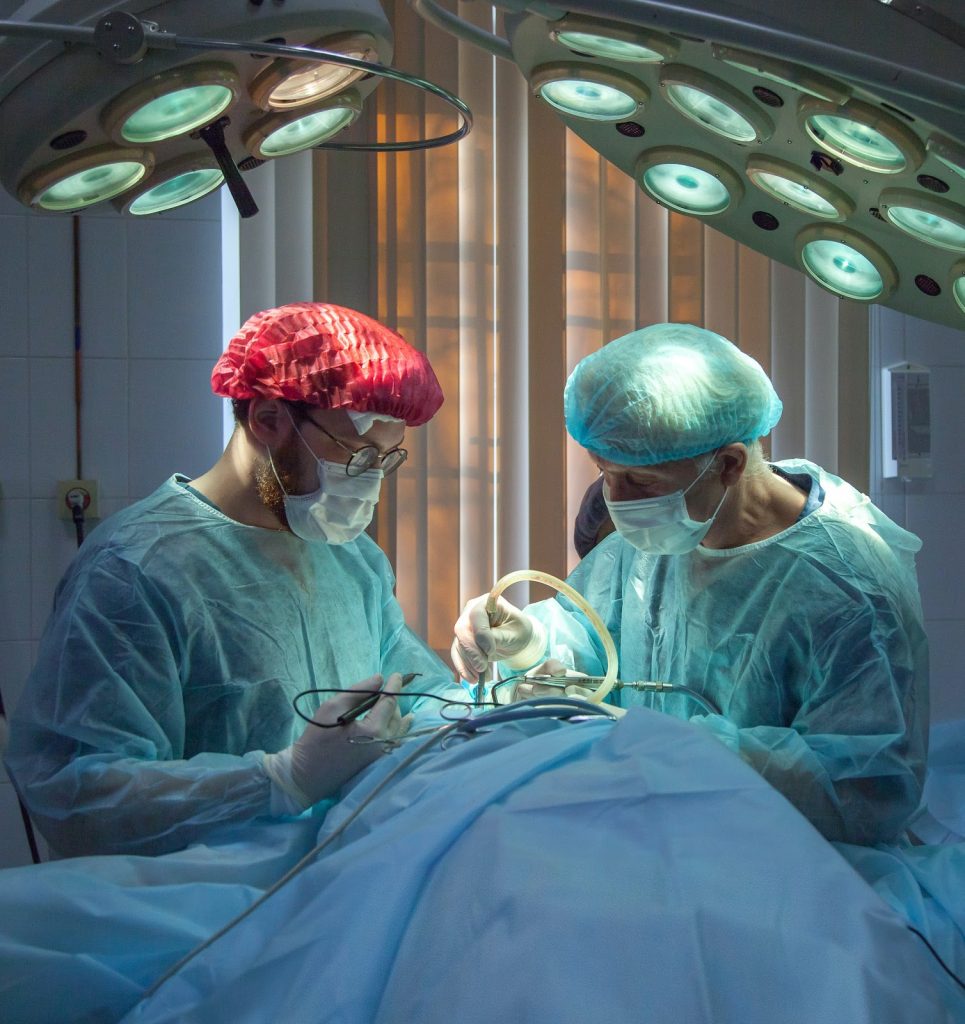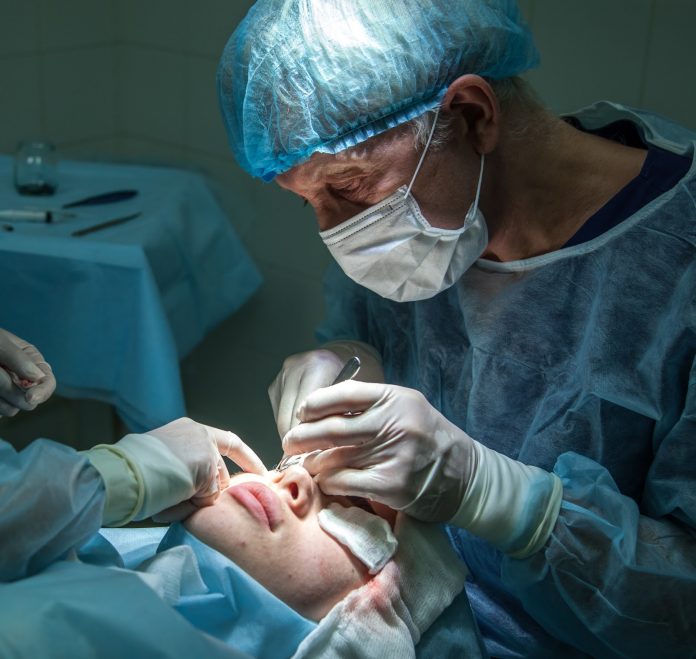Plastic surgery has become popular as more celebrities are getting procedures done. However, did you know there are two types of plastic surgery? They are reconstructive and cosmetics.
Not everyone gets plastic surgery to look like Kylie Jenner, while others do. We’re going to dive in and explain the differences between reconstructive and cosmetics procedures.
Table of Contents
What is Cosmetic Surgery?
Cosmetics surgery is a procedure done to enhance a body feature that is formed regularly. The reason for cosmetic surgery is to change only the appearance, not for any medical purpose. This is what numerous celebrities have done.
Common procedures include flattening your stomach, getting a facelift to reduce wrinkles, enlarging your breasts, butt, or lips, and changing your nose to be smaller. These are solely artificial procedures to largely help boost peoples’ self-esteem.
Because these surgeries aren’t to fix a medical condition, most public and private health insurance coverage will not pay for these. You’ll have to pay every penny out of pocket, which will come at a cost.
The average facelift is over $7,500. You’ll have to decide if not having wrinkles is worth the money you’ll have to dish out for it.

What is Reconstructive Surgery?
Reconstructive surgery also helps make people look better, but for different reasons. People who have experienced physical trauma, developmental abnormalities, tumors, congenital disabilities, or infections that leave them looking a little different can get reconstructive surgery.
These surgeries can help patients feel better and be healthier. Some reasons people might need reconstructive surgery is if they have breast cancer, which leaves survivors without one or both breasts. A cleft lip is a common congenital disability that can be fixed with a procedure at a young age.
If someone is in a severe car accident, they could have serious scarring on their face and body, or burn victims that are left with no skin can be eligible for reconstructive procedures.
An insurance company will cover most of these surgeries because it’s fixing a medical problem. Evening out breasts can help with balance and posture. And correcting a cleft lip will help with speech and eating.
Is There a Gray Area?
Yes, this is 100% true. Although it seems to be pretty clear, there are some gray areas when it comes to what’s classified as cosmetic and what’s reconstructive. One that is always debated is breast reductions.
Some patients don’t like the look of their larger breasts, which would be considered cosmetic, while others might say that their large breasts cause them pain and back problems, which would be regarded as reconstructive because it’s fixing a medical problem.
Another one that gets controversy is rhinoplasty or a deviated septum. Some people view this as a nose job because it makes their nose straighter. However, others see it as solely correcting a medical condition and makes breathing easier.
Your doctor can advise you on your options, and what category the surgery for your particular requirement falls under.

How Do I Get My Insurance to Cover My Procedure?
The easiest way to get your insurance to cover your plastic surgery is if it’s reconstructive. Even if you want to fix a physical problem because you’re insecure about it, try to find a medical reason. Then, bring up the issue to your doctor and see if they can get you a referral.
When you have a doctor’s recommendation as to why this procedure is necessary, your insurance has to cover it if it’s included in your plan. Make sure you understand how much your health insurance will cover, as there may still be a co-payment amount.
If you feel that reconstructive surgery is essential to you, look for plans that include this or add it to your existing premium.
What about Plastic Surgery Reversal?
In your early twenties, you thought having big breasts was a great idea, but now you’re older and want them out, how does this work? Some cosmetic surgeries are reversible, but they’re usually costly and painful.
Some plastic surgery procedures can create complications, and then it becomes a medical problem. Common problems can include infection, nerve damage, scarring, blood clots, and organ damage.
Depending on your insurance, it may cover plastic surgery reversal if it’s viewed as a medical threat to your health. A ruptured silicone breast implant can be dangerous if it starts getting into your bloodstream. An infection that won’t heal can create worse problems in the future.
Although it’s not always the case, sometimes an insurance company will help you out when these things happen. If, however, you simply want to look how you used to, this again will be viewed as cosmetic.
The Bottom Line
We should all look and feel beautiful and have positive self-esteem. When you experience a trauma that leaves you looking different, getting reconstructive surgery can be a great confidence booster. Even if you don’t have a medical condition and want to change your body’s appearance, there’s nothing to be ashamed of.
The most significant difference between reconstructive and cosmetics surgery is that one is covered by insurance, and the other isn’t. The decision then becomes one of cost of Reconstructive and Cosmetics. The aim of both is to make you feel comfortable with how you look.








